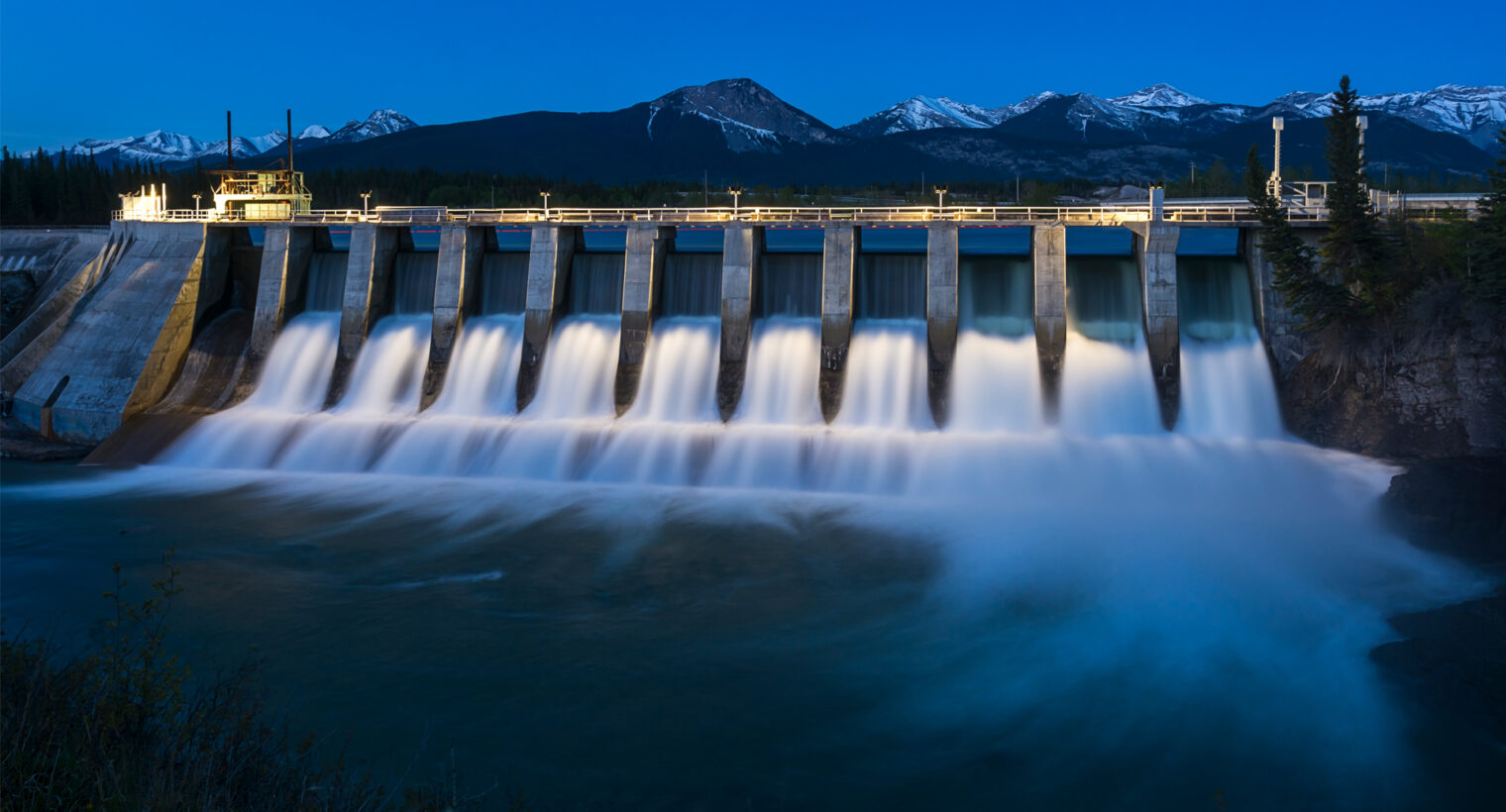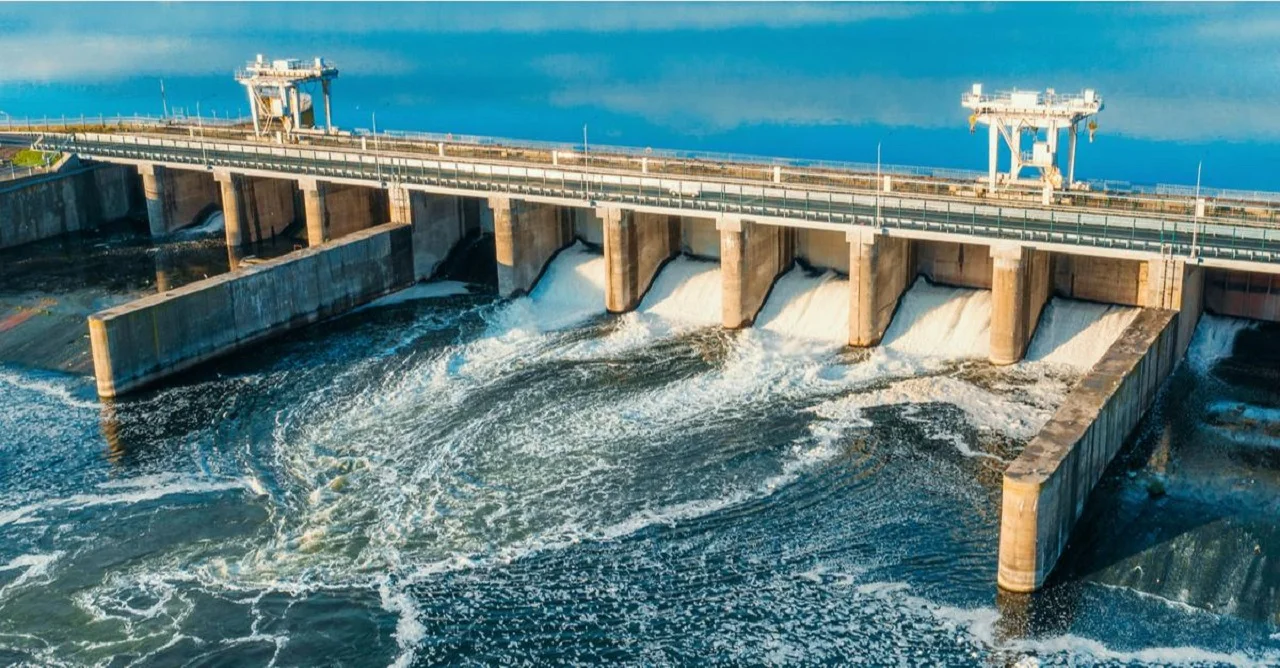Hydroelectric power is gaining attention for its longstanding role as the oldest form of renewable energy. Our comprehensive guide to hydroelectric power aims to inform you about what hydro energy is, how it operates, its costs, and the advantages and disadvantages associated with it!
Here at The Energy Professor, we want to give you the information you need to not only save money on your energy bill but to also become more energy efficient. We hope find this post helpful! And makes it easier for you to know more about hydroelectric power. Be sure to also check out our one-of-a-kind energy savings calculator!
The Energy Professor Electricity Rate Check Tool
What is Hydropower?
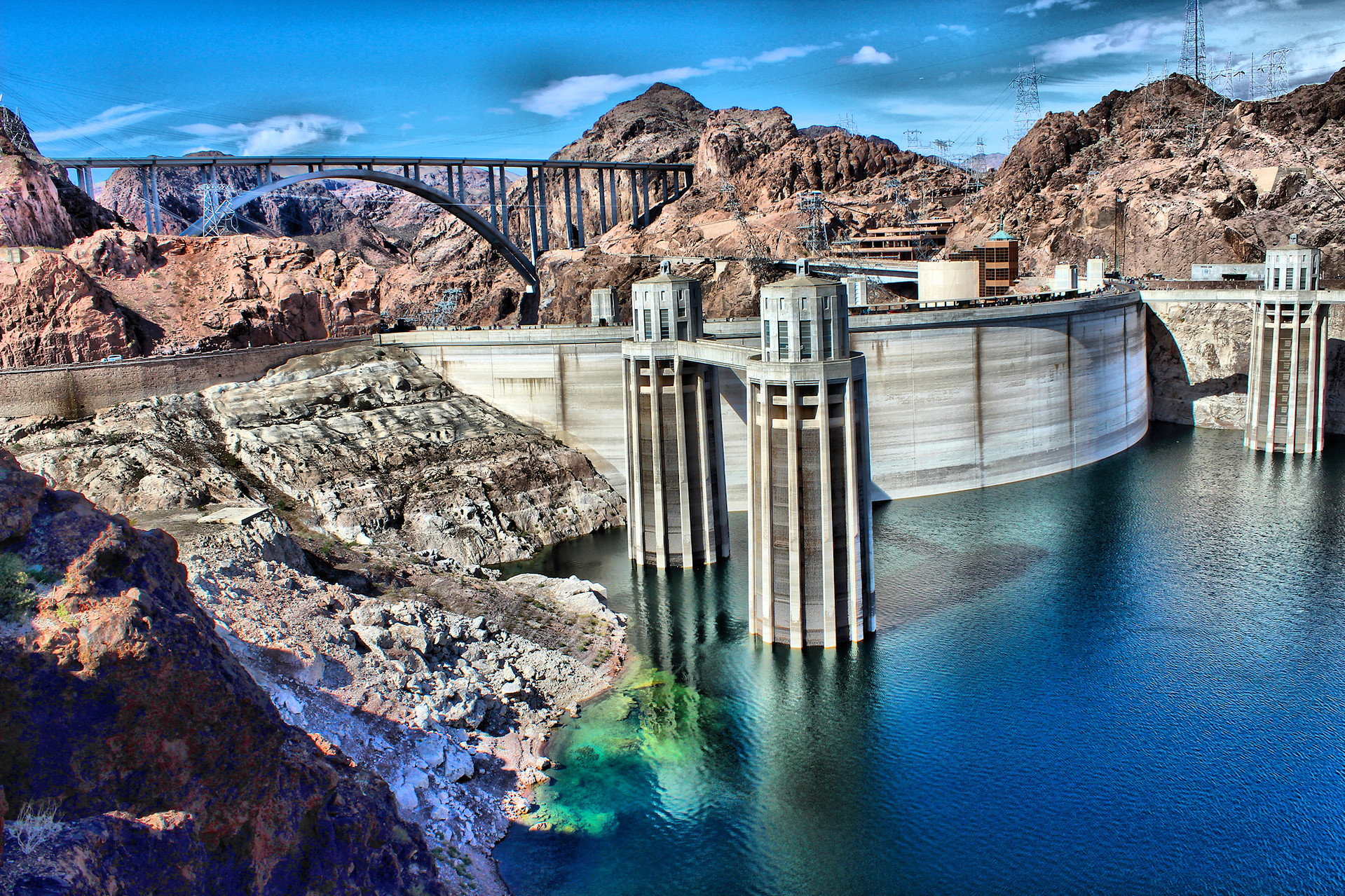
Hydro energy is the creation of energy through the flow of water. For centuries, humans have used the power of water to make life easier. In its original form, hydro energy used large wooden wheels to create power. Today we use more sophisticated devices called turbines. These turbines spin as water flows through them, generating electricity. What makes hydropower a great source of renewable energy is that it can also store huge amounts of energy!
What is Hydropower Used For?
- Hydropower is used for electricity generation. Hydroelectricity stations are also used to provide flood control, irrigation support, as well as providing clean drinking water.
Right now, hydropower provides about 7% of the United States’ electricity and about 40% of its renewable energy. It’s also one of the most affordable and can provide a clean, sustainable, and reliable way to power our lives for centuries to come.
Related Post: What is Tidal Power?
How Does Hydropower Work?
Water that flows from high to low passes over a turbine. This causes the turbine to spin and power a generator. In most cases of hydropower, building a dam creates a reservoir. Water flowing from the reservoir through the dam pushes against turbines causing them to spin. Those turbines are connected to a generator through a series of mechanics that turn the kinetic energy into electricity. Once electric energy is created, transmission lines deliver the power to homes a businesses at a set cost.
How Much Water Pressure does it take to turn a Hydropower Turbine?
- Each turbine has five blades with a stainless steel shaft inside the pipe. The minimum flow requirements are 20 cfs at 40 psi. Each turbine reduces head pressure by just 1 to 5 psi.
These “water batteries,” known as pumped storage hydropower, can store vast amounts of renewable energy for months. Unlike solar energy and wind power, water batteries can store surplus energy. In the United States, these facilities can store up to 553 gigawatt-hours of energy, which is sufficient to power the entire country’s video gaming for approximately a week.
Related Post: Wind Energy Pros & Cons
What is the Cost of Hydropower?
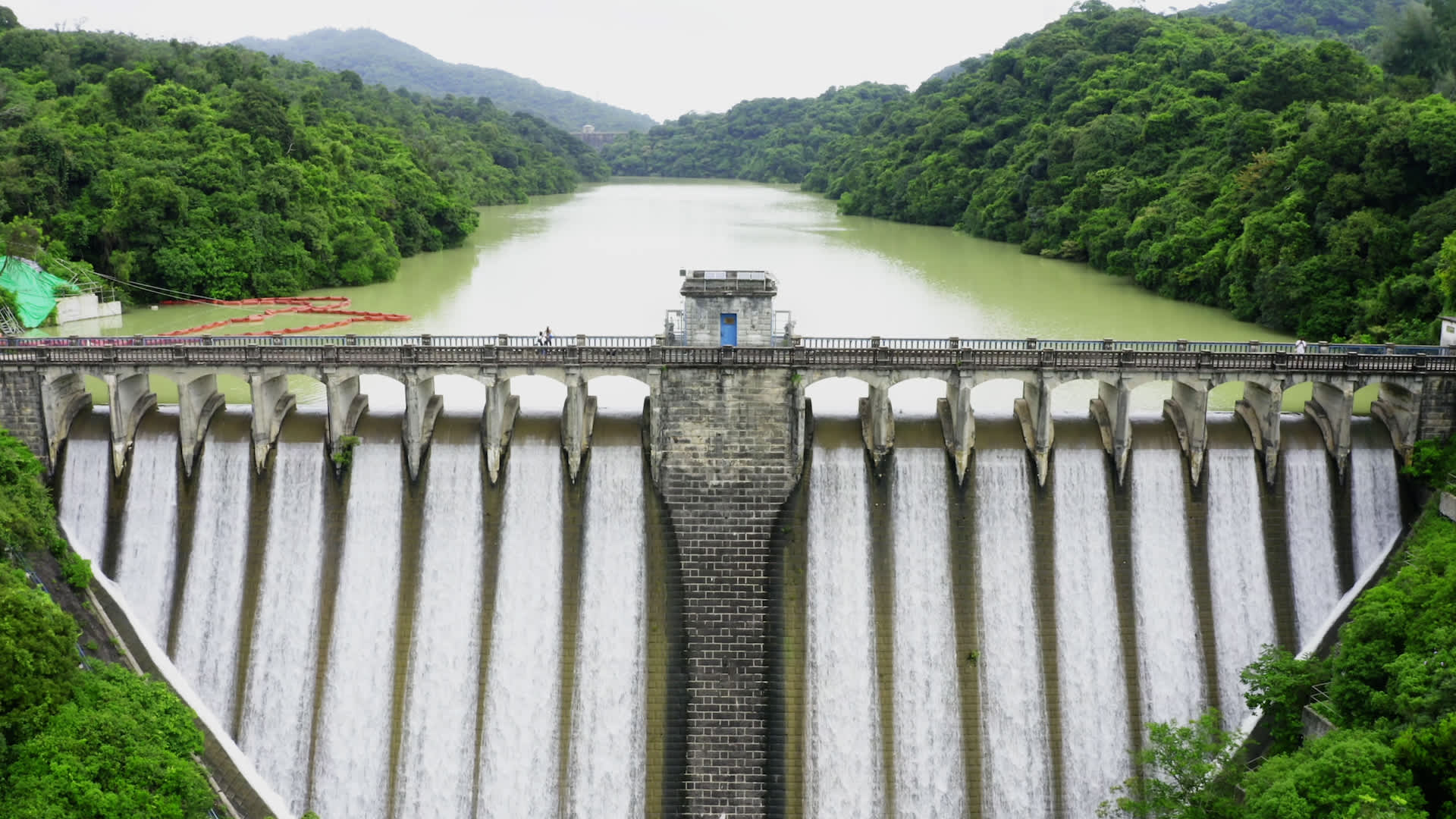
The primary expense associated with hydroelectric power generation is the initial construction and subsequent maintenance of the facility. Well-built facilities tend to have relatively modest maintenance costs, and these plants can operate for several decades or even longer. States heavily reliant on hydropower, such as Idaho, Washington, and Oregon, enjoy some of the lowest electricity bills in the United States.
Is Hydropower Expensive to Run?
- Hydropower stands as an affordable electricity source that is cheaper than most alternatives.
New hydropower technologies keep getting better, too. It’s now easier to build new facilities without too much disruption to the local environment. And newer technology can cut construction costs, which could make water energy even more affordable, potentially reducing energy bills across the country.
Related Post: What is Renewable Energy?
What are the Benefits of Hydropower?
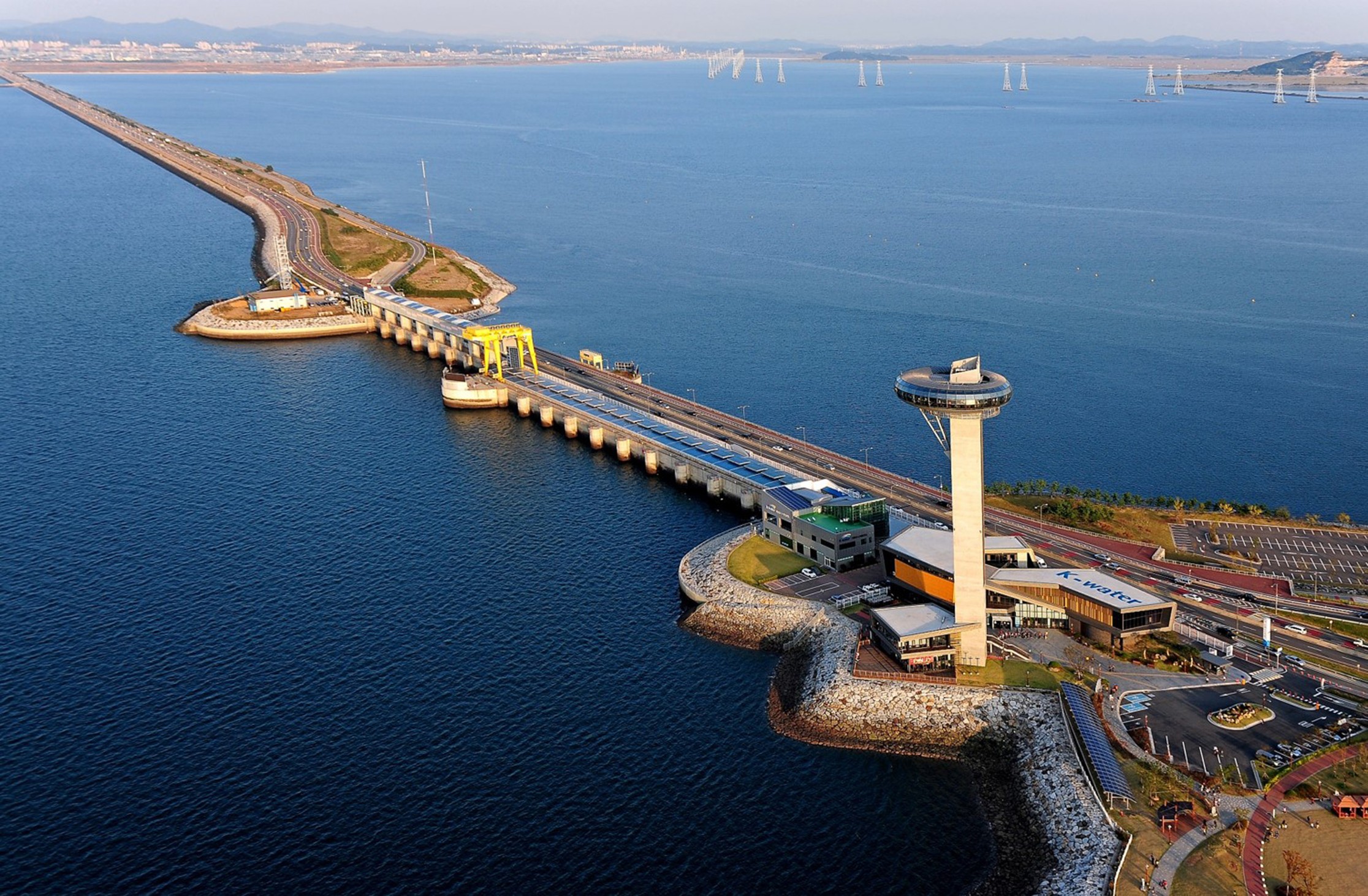
Hydroelectric power is an excellent green energy option due to the widespread abundance of water. However, it is important to acknowledge certain environmental drawbacks associated with hydropower. While the power generation process itself is free from carbon dioxide emissions, the construction of dams along rivers can have adverse effects on native fish species.
Pros and Cons of Hydropower
Pros:
- Renewable
- Low Emissions
- Reliable
- Safe
Cons:
- Environmental Consequences
- Expensive to Build
- Drought Potential
- Limited Resources
Nevertheless, the advantages of hydropower generally outweigh the disadvantages. Unlike solar or wind energy, water can be relied upon consistently, ensuring a continuous power supply around the clock.
Related Post: What is Green Energy?
Hydroelectric Power FAQ

Q: What is the definition of hydroelectricity easy?
A: Hydropower, also known as hydroelectric power, is a renewable energy source that produces electricity through the manipulation of a river or other water bodies’ natural flow by employing a dam or diversion structure.
Q: Where is hydroelectricity used?
A: The majority of hydroelectricity generation capacity in the United States is concentrated in the western region. Virtually all states in the country have conventional hydroelectric facilities. Large dams constructed by the federal government contribute significantly to the production of hydroelectricity, and many of the largest hydropower dams are located in the western United States.
Q: What Are Hydroelectric Power Plants?
A: Hydropower plants play a crucial role in providing essential backup power during significant electricity outages or disruptions due to their ability to generate power for the grid instantaneously. However, the benefits of hydropower extend beyond electricity generation. These plants also contribute to flood control, support irrigation systems, and provide clean drinking water, offering a range of additional advantages to communities and ecosystems.
Do you Need Cheaper Electricity?
If you’ve taken the time to understand the information on your bill and discovered you’re paying more than you’d like for your electricity, have you looked around for a cheaper deal? The Energy Professor has a wealth of information on ways to save on your utilities, including details of top deals that could significantly reduce your monthly or quarterly electricity bills.
We hope you found this article helpful! If you are looking for ways to increase energy efficiency and sustainability in your home be sure to take a look at all of the latest renewable energy options in your area. The Energy Professor helps residential and small business owners find qualified energy suppliers in New York, New Jersey, Pennsylvania, Texas, Ohio, Maryland, Illinois, and Massachusetts

